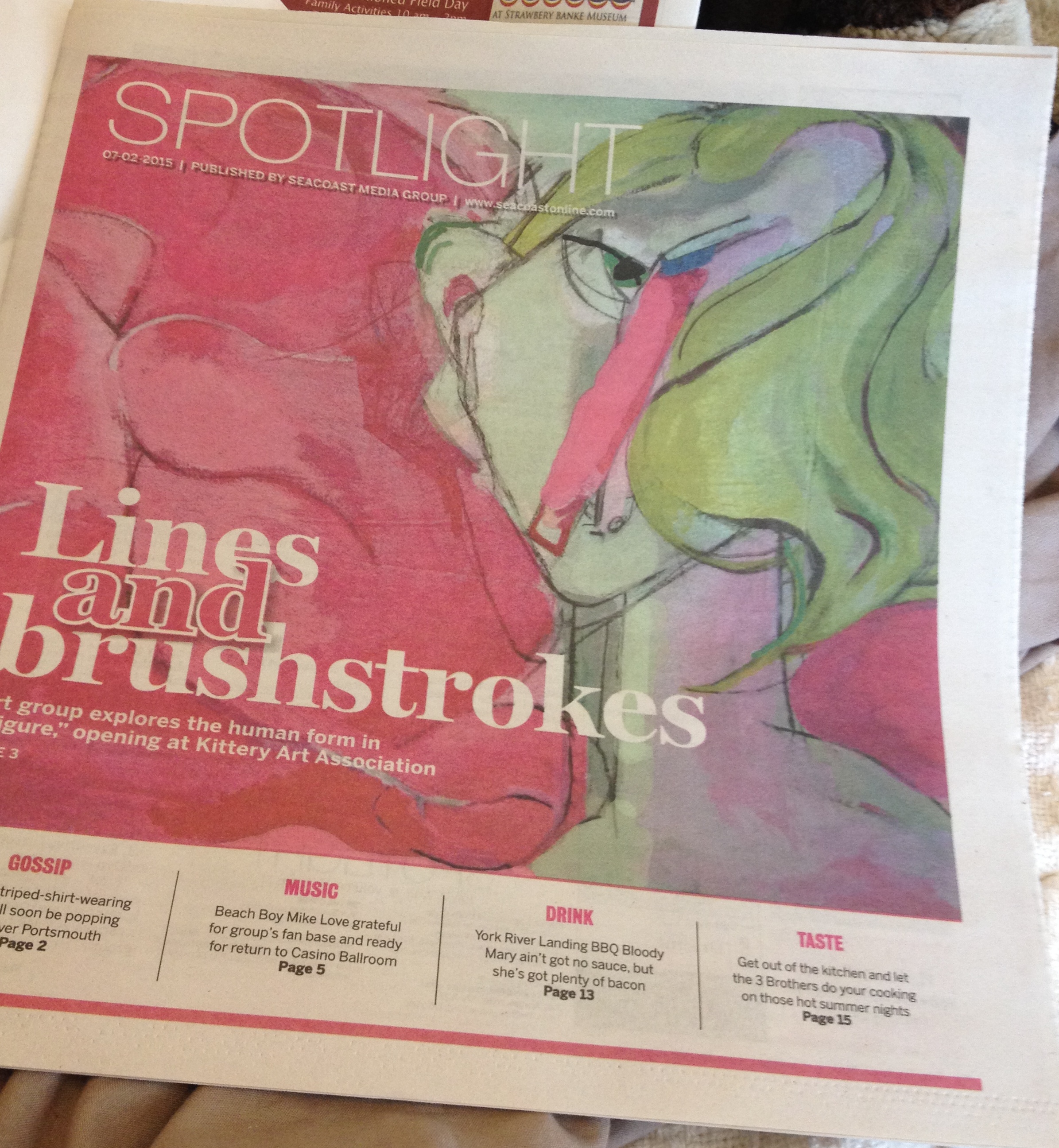Taken for Granted
Since it would be appropriate to preempt every one of my blog posts with a nod to how long it has been since I last wrote, I've decided to do away with such statements and apologize for not having the time to update regularly. Having started a stress-heavy job in a kitchen in Portland, I've been trying to take the free time I do have to unwind. I've been modeling on a more limited basis, and I've started writing the occasional article for EDGE (formerly Spotlight), an arts and entertainment publication associated with the newspapers of Portsmouth/Dover area. Being published (read: paid) is exciting, and it's a challenge to tailor my writing to a new format.

I do find myself missing the opportunity to get more analytical. The kind of journalism I've been doing is fun because it is based in the sphere of fun - my job is to help people access things they might find enjoyable. Obviously I can put a slight spin of critical reflection into my pieces if I choose, but it's definitely a give and take, whereas this blog affords me the opportunity simply to take.
Long story short, I hope to exercise my critical thinking and analytical writing on this platform as often as I can. It's important to me to keep thinking about art and its relationship with the world; I'm sure I've expressed before the benefits of multiple perspectives found in artistic communities, backgrounds and endeavors. I believe that this perspective has a huge amount of power, and lately I've been wrapped up in how to practically apply this outside the establish sphere of artistic influence.
I've long been skeptical of the relevancy of a for-profit gallery system of selecting and promoting artists; many young artists I know are abandoning series of gallery visits and show submissions in favor of self-promotion and craft fairs. Removing fine art from an environment often seen as elitist and propelling it into the realm of the upper middle class lends a level of accessibility I like, but it doesn't make it easy on the artist. One either has to spend every minute not working for monetary support making art, or have some sort of financial freedom allowing them to spend significant time on their practice.
In attempting to identify an underlying problem I can't help returning to privatization. A good tailored to an certain audience generally reflects the wants, needs and values of that audience. By keeping art as a private-sector good or service, artists are continuously servicing a community by definition more affluent than themselves. The system functioning as it does perpetuates keeping this power concentrated in the hands those who can afford it, and limits the extent to which the power of artistic expression can be realized.
Enter grant funding; my current focus for how to deal with this problem. A good friend from Wooster who works at the Portland Institute for Contemporary Art recently approached me about brainstorming a project in light of a call for grant proposals through her work. A myriad of such opportunities are available across the country and globe; money offered to groups or individuals with projects in mind. Many (including the Precipice Fund) have stipulations for public involvement, or some theme that reflects the mission of the organization offering the grant. I think I will wait until later to fully explore the theory behind and the ups and downs of such an artistic funding system, but it's an interesting alternative to the stagnation of art mired in the realm of commodity.


